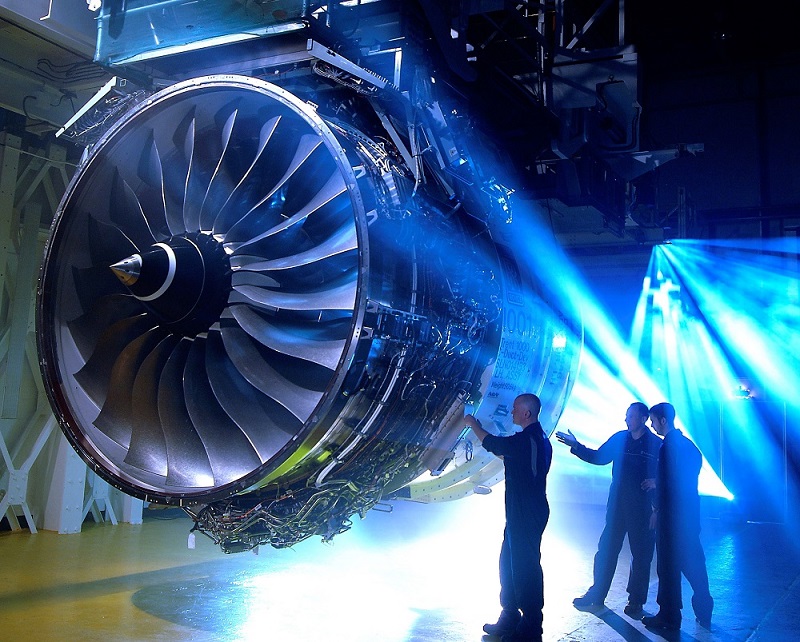Operators of Boeing 787s with newer Rolls-Royce Trent 1000 TEN engines face an accelerated inspection regime to check premature deterioration of high-pressure turbine blades.
Rolls announced Wednesday that the accelerated regime was being communicated via a company service bulletin and an EASA Airworthiness Directive.
The move comes after Singapore Airlines was forced to ground two planes that were no more than a year old because of earlier than expected wear on the engine blades.
READ: More Rolls-Royce engine problems for the 787.
The engine-maker said in a statement that a sampling of Trent 1000 TEN engines with a high frequency of flights had shown “a small number” of engines had needed to have their high-pressure turbine blades replaced.
It said the accelerated inspection regime aimed to allow it to confirm the health of the Trent 1000 TEN fleet “over the next few months”.
The engine has only been operational since November 2017, and there are more than 180 in service.
Rolls said it had been telling operators since the engine entered service that the HPT blades would have reduced life.
“These inspections will allow us to confirm the health of the Trent 1000 TEN fleet and to improve our understanding of the high-pressure turbine blade deterioration that we have seen in a small number of engines,’’ Rolls-Royce president of civil aerospace Chris Colerton said.
“This blade deterioration is a known issue but it is occurring faster than we expected in some engines.
“We started development of an enhanced blade last year, which we are now testing. We expect to start incorporating enhanced blades into the Trent 1000 TEN fleet in early 2020.”
The British engine manufacturer said its current estimate for in-service cash costs for the Trent 1000 remained unchanged and the new issue would have no impact on programs for package B or C engines also suffering blade problems.
Rolls said in 2018 that in-service engine issues were expected to cost it at least £1 billion over the three years.
























